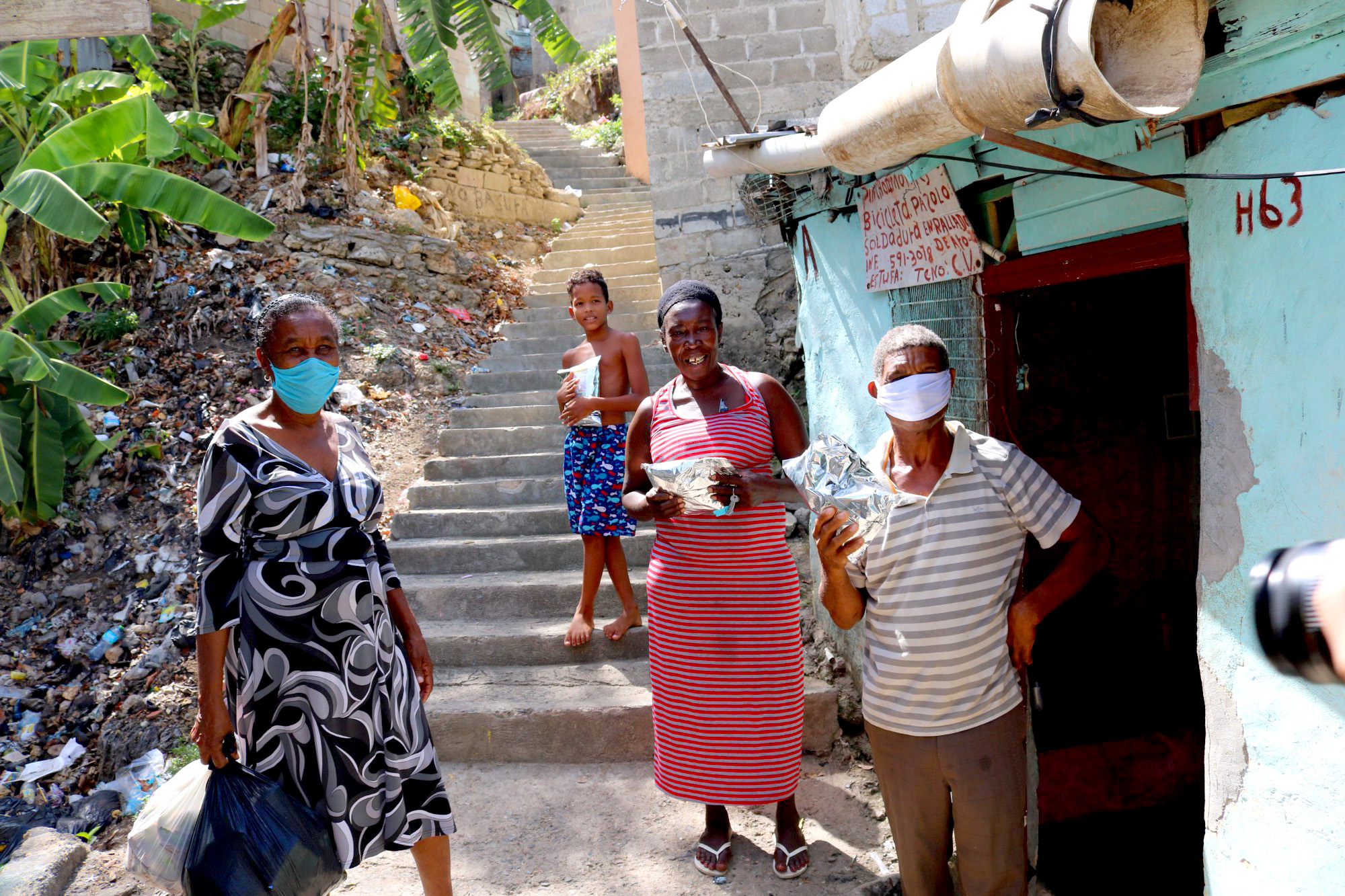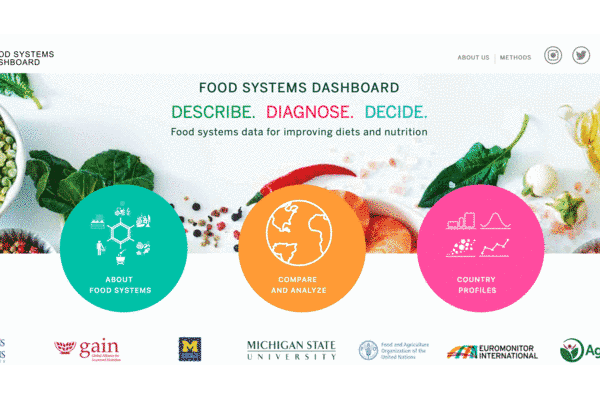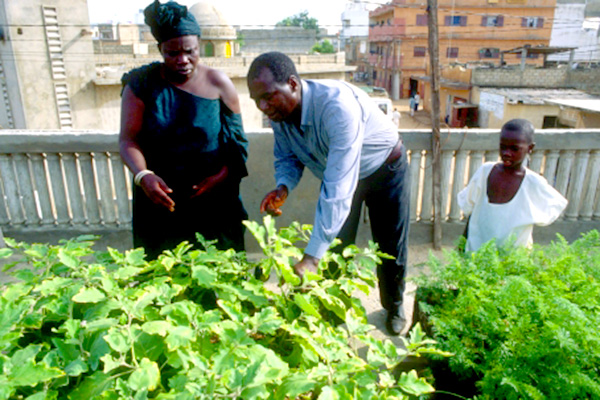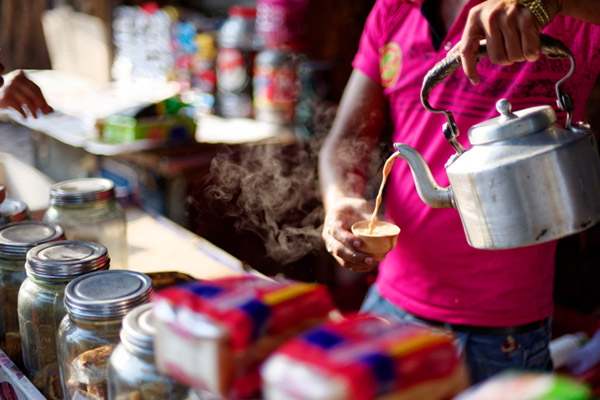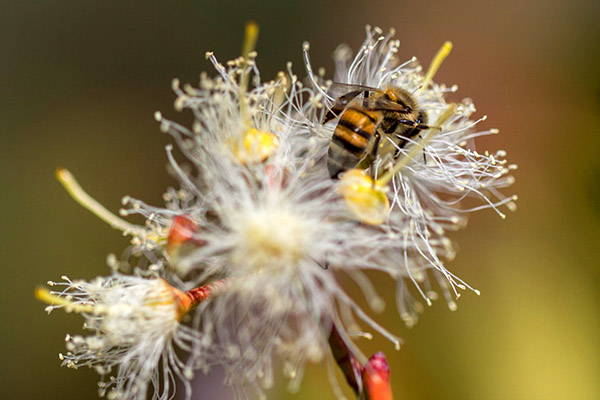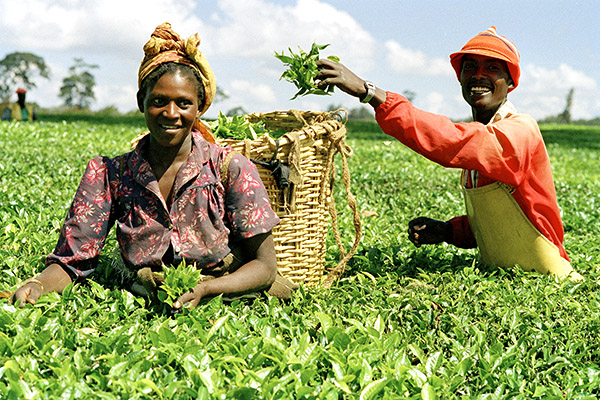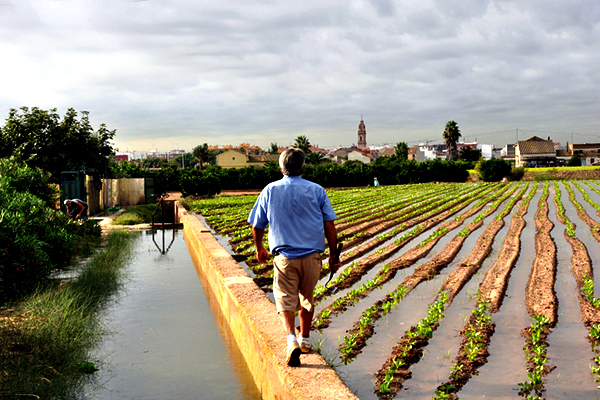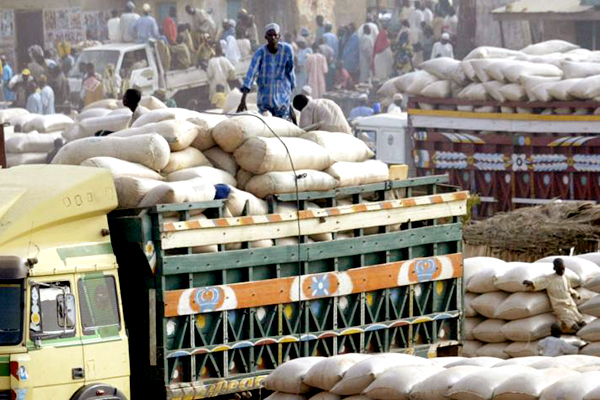Coronavirus puts 14 million people at risk in Latin America and the Caribbean
Agriculture and Food
WFP - Coronavirus puts 14 million people at risk of missing meals in Latin America and the Caribbean
FAO and partners have launched a new easy-to-navigate online tool designed to help decision makers understand their food systems, identify their levers of change, and decide which ones to pull.
Vertical gardens and microgardens have enjoyed new popularity, which the COVID-19 pandemic may catalyze further. From high-tech urban facilities allowing vegetables to grow indoors or outdoors to tiny farming plots that fit in urban settings, both can offer high-yield opportunities to grow leafy green vegetables and other high-value food crops. FAO helps galvanize microgardens as a food and nutrition strategy for poor households vulnerable to malnutrition, among other projects.
The African continent looks like it could be the worst hit from the economic fallout of the crisis: 80 million Africans could be pushed into extreme poverty if action is not taken. And disruptions in food systems raise the prospect of more Africans falling into hunger. Rural people, many of whom work on small-scale farms, are particularly vulnerable to the impacts of the crisis. IFAD therefore urges that the COVID-19 response address food security and target the rural poor.
UNEP reports on chronic bee paralysis, a viral disease of honeybees. It can cause rare, but severe, symptoms, including colony loss. Trade in honeybees has increased its prevalence.
The drink most often chosen around the world after water, is tea, and each culture with its own tradition. FAO presents the world’s passion for the drink as it shows no sign of slowing.
Bees and other pollinators, such as butterflies, bats and hummingbirds, are increasingly under threat from human activity. We, however, depend on their survival. Pollinators not only contribute to food security and biodiversity; they are fundamental to our ecosystems. Nearly 90% of the world’s wild flowering plant species, more than 75% of the world’s food crops and 35% of global agricultural land, depend on pollination. On May 20 learn more of what you can do to protect bees and tune in to take part in our virtual event Bee engaged on the future of beekeeping in the COVID-19 era!
Tea production and processing are a main source of livelihoods for millions of families, particularly in developing countries. Recognizing the long history and deep cultural and economic significance of tea around the world, the General Assembly proclaimed 21 May as International Tea Day, calling on FAO to lead the observance. The celebration promotes the sustainable production, consumption and trade of tea. It also offers an opportunity to ensure that the tea sector continues to play a role in reducing extreme poverty, fighting hunger and safeguarding natural resources.
Victoria Muteti, a 44-year old farmer living in Kenya’s Makueni County, has increased her harvest several times over. Luckily, she is able to keep farming during the COVID-19 pandemic, while observing all the necessary social distancing measures, and the extra income she’s made over the last two years has helped her improve her nutrition – along with many other facets of her life. Victoria owes these successes to her participation in an e-voucher initiative implemented by the Government of Kenya and jointly funded with IFAD and the European Union.
Desert Locust upsurges aren’t a new phenomenon. Locusts are one of the oldest migratory pests in the world and have wreaked havoc on crops across the globe for centuries. When huge swarms infest many countries and spread across several regions or continents, it becomes a plague. A plague of Desert Locusts, the most destructive locust species of all, can easily affect 20 percent of the Earth's land, potentially damaging the livelihoods of one tenth of the world's population and seriously affecting food security.
Empowering and protecting rural women in the time of coronavirus
Food and agriculture are being affected as a result of measures to contain the COVID-19 pandemic. As countries combat this pandemic, health is the top priority, but good health also depends on the availability and access to food.
L’Horta is an irrigation system declared by FAO as a Globally Important Agricultural Heritage System (GIAHS). Located in the city of Valencia, it provides healthy food to a million and a half Valencians. Thanks to L’Horta, 6 000 family farms, including 10 fisheries, guarantee food reaches not only the Community of Valencia but also other communities and towns outside its borders. This irrigation system and use of water is an example of agriculture adapting to climatic conditions.
Leading up to the coronavirus pandemic, more than 820 million people went to bed hungry, including 110 million people who were living in acute food insecurity. Now as some developing countries face a double crisis - hunger and COVID-19 - the United Nations is working to support the most vulnerable. Governments, even as they prioritize public health goals, must do everything in their power to keep trade routes open and supply chains alive, urged the FAO. Questions remain over the food supply chain due to quarantine regulations.
Pandemics create both demand and supply shocks in all economic sectors. Although the agricultural sector tends to be more resilient than other sectors, the food system in developing countries can still take a significant hit. And for countries that rely on food imports, a food systems crisis may hit earlier than the effects of the pandemic itself. IFAD deems essential that all interventions to protect food systems and rural producers, link projects and be holistic in design.

